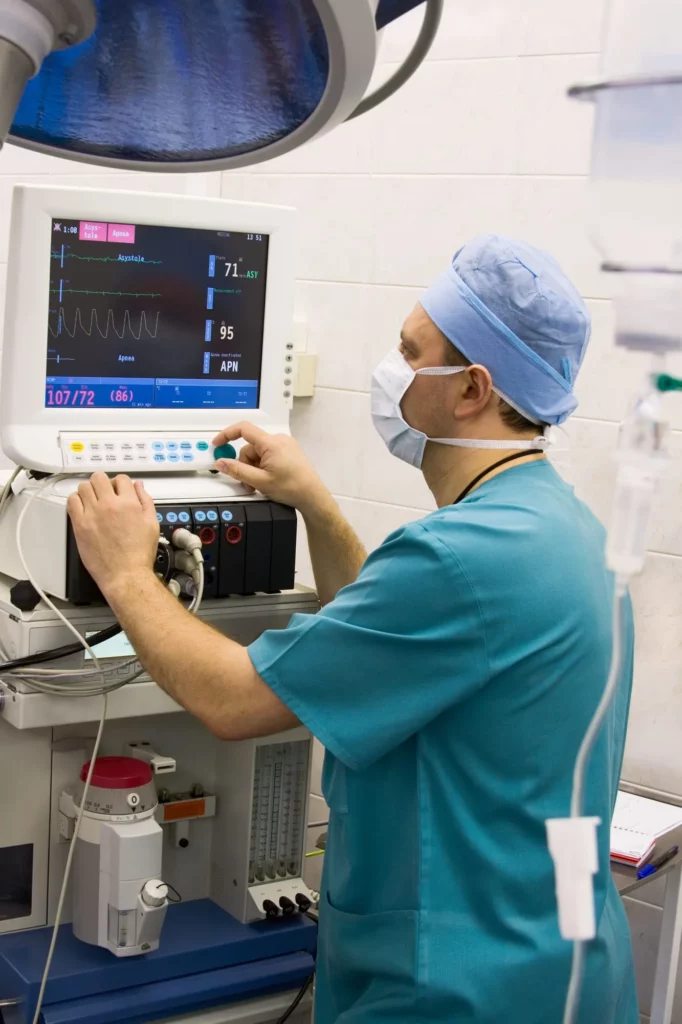
Here’s a quick low-down on what they do:
- After medical school, they’ve devoted at least 7 years to learning how to put patients at ease before, during and after procedures.
- Their knowledge base goes beyond just “putting you to sleep”, it includes resuscitation, pain management, and critical care.
- They might have specialized further, say in areas like Paediatrics or Cardiac Anaesthesia.
- They continually update their skills with professional development programs, so they’re always in-the-know with medical advancements.
- They’re like doctors for doctors, being the largest specialty group in many hospitals.
What is an Anaesthetist – Summary
| Aspect | Details |
|---|---|
| Definition | A specialist medical doctor trained in anaesthesia and perioperative care. |
| Primary Role | Ensures patient safety and comfort before, during, and after surgery. |
| Training Pathway | Medical degree → 2 years hospital work → 5 years ANZCA training |
| Work Settings | Operating theatres, ICU, pain clinics, retrieval services |
| Key Responsibilities | Anaesthesia delivery, vital monitoring, resuscitation, pain management |
| Specialisations | Paediatric, Obstetric, Cardiac, Pain Medicine, Intensive Care |
| Additional Skills | Life support, critical care, airway management, patient communication |
| Continuing Education | Ongoing CPD to stay updated with medical advancements |
What is the Role of the Anaesthetist?
What Is an Anaesthetist and Why Are They Essential in Surgery?
An Anaesthetist is responsible for the perioperative care of surgical patients, from pre-assessment to postoperative management. They ensure patients are fit for surgery and plan their care before, during, and after the procedure.
Their significant duties include:
- administering general anesthesia, sedation, and regional anaesthesia;
- managing airways and resuscitation;
- offering pain relief and postoperative care; and
- providing life support in emergency situations.
They are also involved in patient safety, intensive care medicine, retrieval services, and even in disaster response.

How to Become an Anaesthetist in Australia
Becoming an anaesthetist in Australia is a rewarding yet highly demanding journey that requires years of dedication, advanced medical training, and clinical experience. From excelling in high school sciences to completing a medical degree and specialist training through the Australian and New Zealand College of Anaesthetists (ANZCA), each step is crucial.
Frequently Asked Questions
What is an anaesthetist’s role during surgery?
An anaesthetist administers anaesthesia to ensure the patient remains pain-free during surgery. They continuously monitor the patient’s vital signs and adjust anaesthetic levels as needed.
How do anaesthetists contribute to postoperative care?
Post-surgery, anaesthetists manage pain relief and monitor recovery, ensuring patient comfort and addressing any complications related to anaesthesia.
Did you know? The term ‘anaesthetist’ originates from the Greek word ‘anaisthēsia,’ meaning ‘without sensation.’ Anaesthetists are often the last medical professionals patients see before surgery and the first they see upon waking.